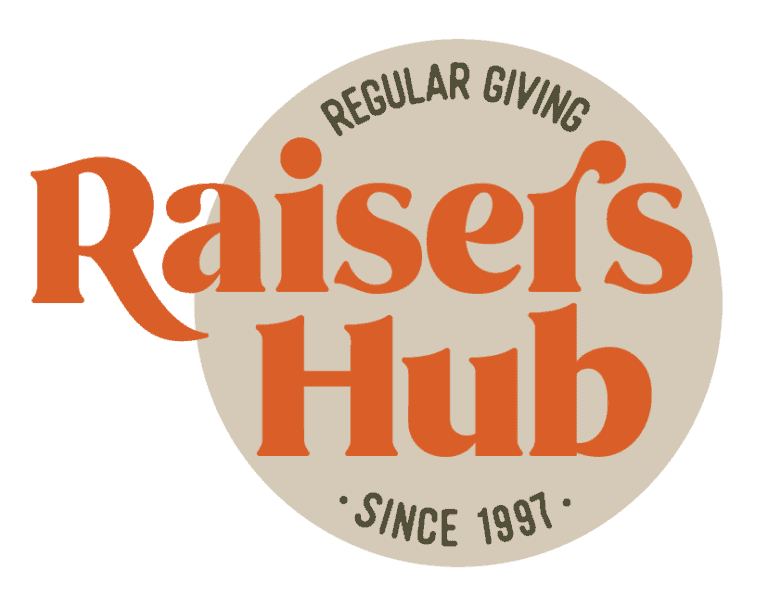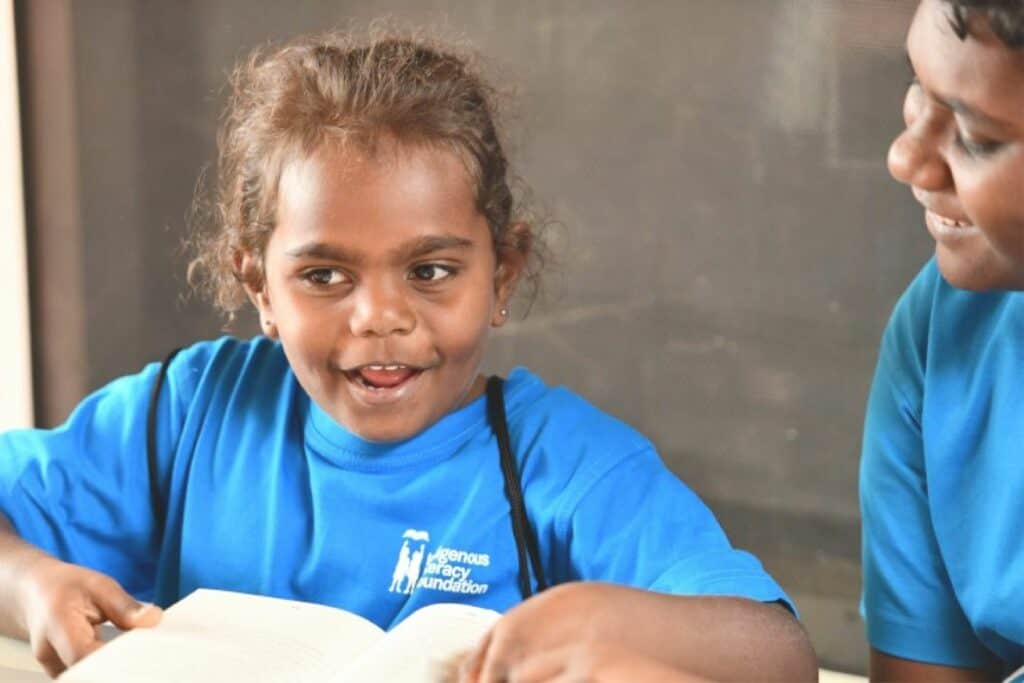It’s a common situation we find charities in – they’ve secured some great, high-value partnerships, but building their own unique regular giving program feels like too much of a risk. These organisations know they need their own, reliable income streams, but where do they start?
Indigenous Literacy Foundation (ILF) is focussed on instilling a love of reading from an early age in remote Indigenous communities.
Traditionally, the fundraising focus for ILF had been centred around corporate partnerships, grants and major donors, however, they recognised that there were inherent risks with limited fundraising channels and needed to develop a plan to address that. To do so, ILF engaged Raisers Hub to develop a strategy that would reduce reliance on these fundraising channels over time, within their budget constraints.
Create a fundraising strategy based on solid data insight
To begin diversifying their fundraising, ILF invested in a data audit to give them a clear picture of their fundraising trends and current performance across all channels. Throughout this process, Raisers Hub assisted the team in cost and income modelling of any untapped opportunities within their supporter base and identified the frameworks required to support regular giving growth along with timelines for implementation.
The audit identified:
- Repeat gift rates and donor retention were both declining year on year (and this pattern was accelerating over the past 2-3 years).
- Individual giving made up a very small proportion of overall income.
- Lifetime value of donors was reasonable but plateaued at Year 3.
- There was no ‘moves management strategy’ in place.
- The cash donor base was relatively small, and they had around 140 regular givers.
- There were some gaps around declines, upgrades and reactivations processes that created holes in their regular giving program.
- The average monthly gift of regular givers was low and had not grown over time.
- Individual giving appeared to be at a standstill, despite the activity each year.
And, the good news? The audit revealed several opportunities to develop their regular giver numbers, from a relatively small database of donors.
Conduct smaller tests before rolling out complete programs
Within some parts of the organisation, there were concerns about telefundraising and in particular, whether it would work for ILF. As part of the strategy developed from the audit, we recommended ILF embark on a small test calling program, to determine the appetite for regular giving within the database, and to help build a case for support and further internal investment.
The results? ILF kicked off with a program to call almost 1,500 active cash donors to convert them to regular giving. The program had a really positive response with conversion rates across various segments that ranged between 9.6% -12.1% and an average monthly value of over $28 and Year 1 ROI of 1.67. Over the next 12 months, these 70 new regular givers would generate in excess of $24K income for ILF.
Through careful testing, ILF were able to demonstrate the value of this personalised approach and secure further investment to continue calling both current and lapsed donor conversion programs. The rollout of current donor calling performed even more strongly than in the test, but the big win came in approaching one-off cash donors who had not made a gift for between 13-48 months. Of these 1800 lapsed donors, 8.53% agreed to support ILF with an average monthly gift of $27.39 and the program delivered an ROI of 1.31.
Want to know what ILF did next…
Reactivation of lapsed regular givers – many had been lost through system changes and a sporadic declines management approach, and this was hindering growth. The data pool of just under 250 included supporters who had made their last gift between six to 36 months ago. The response was unexpected with 20.2% of those contacted coming back on board, at an average monthly gift of $31.52. ROI on this program was 4.17.
Upgrade – from the audit we could see that the monthly gift value of regular givers was not growing, and the lack of meaningful contact with supporters was increasing attrition. Based on this, it was evident that the calls needed a stronger emphasis on thanking and updating supporters. As a result of this approach, 45.7% of supporters agreed to increase their monthly gift by an average of $12.12.
This handful of test programs showed:
- Even with small data pools, the returns can be extremely strong and deliver exceptional ROI and cost per acquisition.
- Supporters were keen to hear from ILF in a personalised way and would respond strongly regardless of whether they were currently giving or not.
- Supporters will help in multiple ways.
- Consistency and a strong operational framework are critical to growth.
- Telefundraising works.
In just 12 months, and with five small programs, ILF managed to more than double their regular giving income and supporter base. The focus now is to run these programs on a cycle that will ensure all available opportunities are being realised and to optimise the income from regular giving.
Outside of testing a new channel, ILF has extensively worked on their operational frameworks to give their program the best chance of success. Furthermore, the team has built a strong foundation that will support successful movement into their next adventure… external acquisition of regular givers!
And that’s the difference that can be made when partnering with an agency that will guide you through the process of diversifying your income streams, sustainably.
As evidenced above, real numbers and incredible ROI follow a strategically set up regular giving program, and you don’t need to be a well-recognised name in the industry to find so. However, starting and scaling a regular giving program can come with hesitancy and risk in itself. Which is why working with the right people matters. If you’d like support with scaling your program and mitigating risk, the Raisers Hub team can help. Book in a free 15-minute chat to have someone talk you through the next steps.

